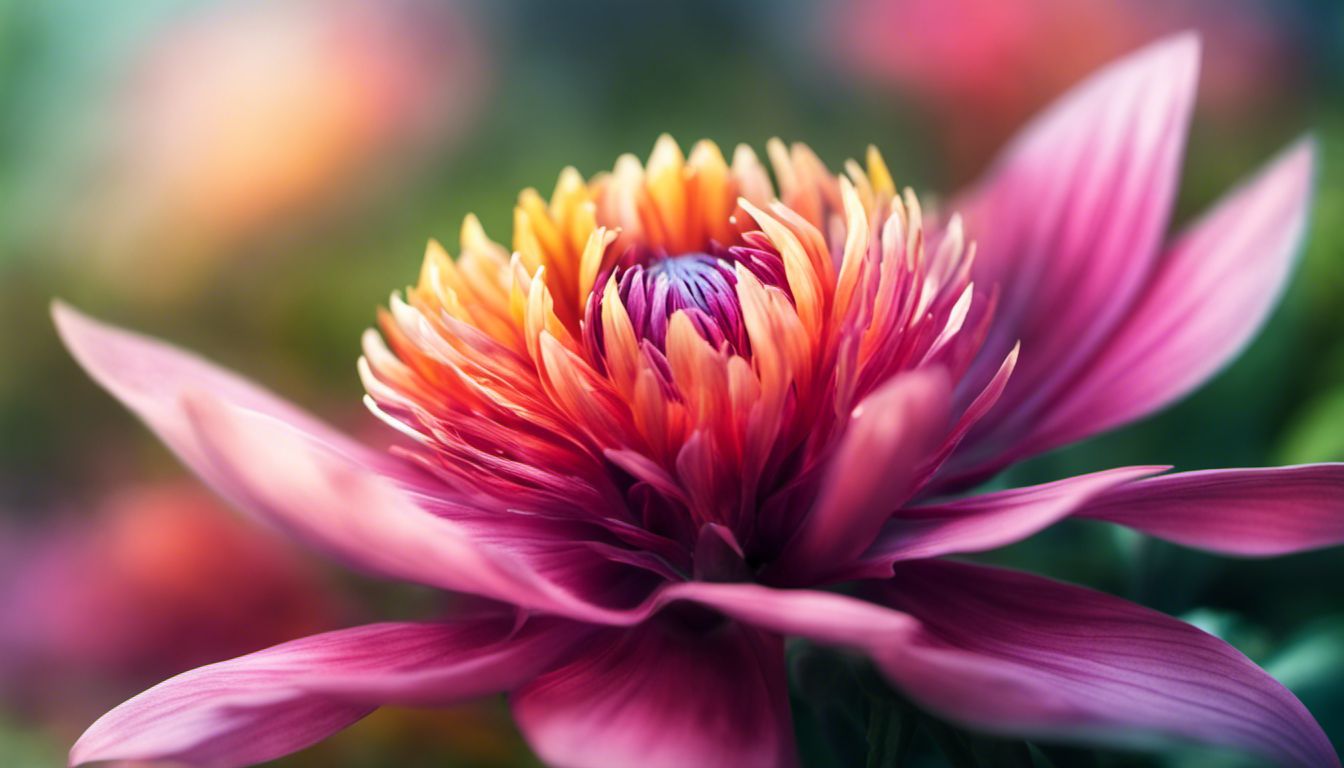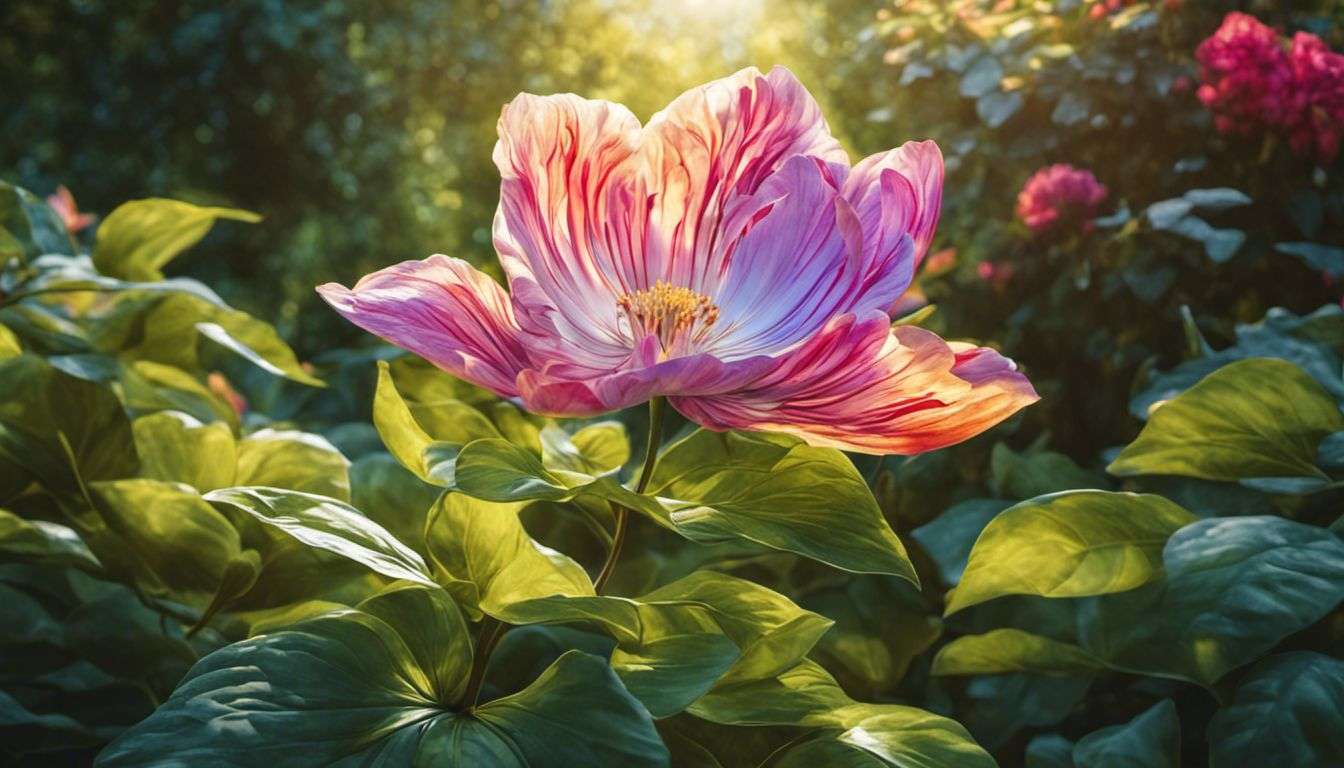Stepping into the world of photography can be a bit daunting, packed with terminology and technical settings. Did you know mastering three elements – aperture, shutter speed, and ISO can greatly improve your picture quality? This guide will demystify these essential camera basics to help transform your shots from mediocre to marvelous.
Ready to get started on your journey towards becoming a skilled photographer?.
Key Takeaways
- Mastering aperture, shutter speed, and ISO is essential for capturing high-quality photographs.
- Adjusting the aperture controls the amount of light entering your camera and affects depth of field.
- Changing the aperture on your camera is a simple process that can give you creative control over your compositions.
- Recommended apertures for different shooting situations can help you achieve desired effects in your photos.
Understanding Camera Basics: A Comprehensive Guide

Camera basics establish the foundation for great photography. Mastering these basic elements allow photographers to manipulate images creatively, accurately capture scenes and ultimately take stunning photographs.
The primary aspects of camera fundamentals include understanding settings such as aperture, shutter speed, and ISO sensitivity.
Aperture concerns the size of your lens’s opening that light passes through onto the sensor; it plays a key role in controlling depth of field and brightness. Shutter speed determines how long your camera’s sensor is exposed to this light – impacting both image brightness and motion effects within your shots.
Lastly, ISO impacts the sensitivity level of your camera’s digital sensor to available light where higher values increase brightness but may introduce more grain or ‘noise’. Together these three variables form what is referred to as the exposure triangle – a crucial concept every beginner must grasp.
These principles remain consistent across all types of cameras from entry-level DSLRs to high-end professional models thus learning them provides benefits regardless of equipment used.
Photography Basics: Aperture, Shutter Speed, and ISO

Photography Basics: Aperture, Shutter Speed, and ISO are essential settings that affect exposure and depth of field in your photos.
What are these settings?
These settings refer to the core camera functions that control how much light enters the lens and reaches the sensor. Aperture, shutter speed, and ISO are three primary settings known as the exposure triangle.
Each setting influences your photo’s appearance in different ways.
Personalizing these settings can change how a picture looks dramatically. For instance, they decide an image’s brightness or darkness (exposure), motion effects (shutter speed), and amount of digital noise present in low-light conditions (ISO).
The simplicity or complexity of your background also gets determined by aperture. Mastering these settings provides photographers with more creative control over their images.
How do they affect exposure and depth of field?
Aperture, shutter speed, and ISO play a pivotal role in determining exposure and depth of field in photography. For starters, the aperture controls how much light enters your camera lens.
A wider aperture (lower f-number) allows more light to pass through. Simultaneously, it also creates a shallow depth of field which blurs the background while keeping the subject sharp.
On another side, shutter speed influences both exposure and motion blur. A faster shutter speed freezes motion but permits less light into your camera sensor resulting in darker images.
Conversely, slower speeds allow more light but may cause blur from any movement during that period of time. On its part, ISO impacts exposure by altering the sensor’s sensitivity to light – higher values increase sensitivity leading to brighter pictures but can introduce digital noise if too high.
Understanding f-stop and f-number
The f-stop and f-number are crucial concepts in photography. They determine the aperture size of your camera lens and can greatly affect your images. The f-stop value denotes how open or closed the aperture is, with lower numbers indicating a wider opening and higher numbers representing a narrower one.
It influences both the exposure and depth of field in your photos. By understanding these terms, you’ll be able to control how much light enters your camera and achieve different levels of sharpness or blurriness in your shots.
Choosing the Right Aperture
Learn the importance of aperture in composition, how to change it on your camera, and recommended apertures for different shooting situations. Mastering aperture is essential for capturing stunning photographs.
Importance of aperture in composition
The aperture setting on your camera plays a crucial role in the composition of your photographs. It determines how much light enters your camera and affects the depth of field. By adjusting the aperture, you can control what is in focus and create beautiful background blur or sharpness throughout your image.
A wide aperture (low f-number) allows more light to enter, resulting in a shallower depth of field, perfect for portraits or emphasizing a specific subject. On the other hand, a narrow aperture (high f-number) will increase the depth of field and ensure that more of your scene is in focus.
Learning to manipulate the aperture setting will give you creative control over your compositions and help you capture stunning images with impact.
How to change aperture on your camera
Changing the aperture on your camera is a simple process. To adjust the aperture, follow these steps:
- Turn on your camera and access the menu or settings.
- Look for an option labeled “Aperture” or “Av” (which stands for Aperture Value).
- Use the control dial or arrow keys to increase or decrease the aperture size.
- As you make adjustments, pay attention to how it affects the depth of field in your photos.
- Take test shots at different aperture settings to see the results.
Recommended apertures for different shooting situations
Choosing the right aperture for a particular shooting situation can significantly enhance your final photos. Here’s a quick guide on recommended apertures for various photography scenarios:
| Shooting Situation | Recommended Aperture |
|---|---|
| Portraits | f/1.8 – f/2.8 |
| Landscape | f/8 – f/16 |
| Macro (close-up) | f/8 – f/32 |
| Street Photography | f/8 – f/11 |
| Sports or Action | f/2.8 – f/5.6 |
| Low Light or Night Photography | f/1.4 – f/2.8 |
Remember, these are just guidelines and highly depend on the situation, the lens you’re using, and your creative intent. Experimenting is the key to mastering aperture and capturing compelling images.
Other Important Camera Functions for Beginners
Understanding ISO, shutter speed, white balance, and frame rate is crucial for beginner photographers to capture high-quality images.
ISO
ISO, or International Organization for Standardization, is a setting on your camera that affects the sensitivity of its image sensor to light. It determines how bright or dark your photos will turn out.
A higher ISO value makes the sensor more sensitive to light, resulting in brighter images, while a lower ISO value makes the sensor less sensitive to light, producing darker images.
However, increasing the ISO also introduces noise or graininess into your photos. Understanding how to adjust and control ISO settings is essential for achieving well-exposed photographs in different lighting conditions.
To change the ISO on your camera, navigate through its menu system until you find the ISO setting. You can then increase or decrease it according to your needs. For shooting in bright daylight or well-lit environments, use a low ISO like 100 or 200 to maintain image quality and reduce noise.
In low-light situations or when you want to capture fast-moving subjects without using flash, increase the ISO gradually up to 800-1600 (or higher if necessary) but be mindful of potential noise issues.
Shutter speed
The shutter speed is a crucial camera setting that determines how long the camera’s sensor is exposed to light. It controls the amount of time the camera’s shutter remains open when taking a photo.
A faster shutter speed freezes motion, making it ideal for capturing action shots like sports or wildlife photography. On the other hand, a slower shutter speed allows more light in and creates blurry effects, which can be used artistically for long exposure photography or capturing motion blur.
Adjusting the shutter speed gives you control over how much light enters the camera, allowing you to produce well-exposed images in different lighting conditions.
White balance
White balance is an important camera function that helps adjust the colors in your photos to accurately represent what you see with your eyes. It ensures that white objects appear truly white and prevents color casts caused by different lighting conditions.
By setting the white balance correctly, you can capture images with accurate and natural colors. Adjusting the white balance on your camera is easy; simply select a preset or manually adjust it based on the type of lighting you’re shooting in.
Experimenting with different white balance settings will help you achieve the desired mood and atmosphere in your photographs.
Frame rate
The frame rate refers to the number of individual frames or images that are captured and displayed per second in a video. A higher frame rate produces smoother motion, while a lower frame rate can result in more noticeable stuttering or choppiness.
Frame rates are typically measured in frames per second (fps), with common options being 24 fps, 30 fps, and 60 fps. Choosing the right frame rate depends on the desired look and feel of your video, as well as factors like available lighting conditions and subject movement.
Tips for Beginner Photographers
Start shooting in RAW, properly hold your camera, understand the exposure triangle, use wide aperture for portraits, and experiment with different settings and techniques to enhance your photography skills.
Don’t miss out on these essential tips – read more!
Start shooting in RAW
Shooting in RAW is a crucial tip for beginner photographers. When you shoot in RAW format, your camera captures and saves all of the data from the image sensor without any compression or processing.
This gives you greater flexibility when it comes to editing your photos later on. Additionally, shooting in RAW allows you to recover more details from shadows and highlights, resulting in higher quality images.
Start shooting in RAW to unleash the full potential of your camera and take your photography skills to the next level.
Properly hold your camera
Hold your camera steady to avoid blurry photos. Use both hands and grip the camera body firmly, with your elbows tucked in close to your sides. This will provide better stability and reduce the chance of camera shake.
Keep your feet shoulder-width apart for added balance, especially when shooting in challenging conditions or using a heavy lens. Taking the time to hold your camera properly can make a significant difference in the quality of your photographs.
Understand the exposure triangle
The exposure triangle is a fundamental concept in photography that consists of three elements: aperture, shutter speed, and ISO. These three settings work together to control the amount of light that reaches the camera’s sensor.
Aperture determines how wide or narrow the lens opening is, affecting both exposure and depth of field. Shutter speed controls how long the shutter remains open, influencing the amount of time light hits the sensor and capturing motion.
ISO sensitivity measures how sensitive the camera’s sensor is to light, allowing you to adjust for different lighting conditions. Understanding and mastering these three aspects will give you greater control over your photographs and help you achieve your desired results.
Use wide aperture for portraits
Using a wide aperture is essential when capturing portraits. By selecting a larger aperture, such as f/2.8 or lower, you can create a shallow depth of field, resulting in a beautifully blurred background that helps your subject stand out.
This technique allows you to draw attention to the person’s face and eyes, creating stunning and professional-looking portraits. Experimenting with different apertures will help you understand how they affect the overall composition of your photos and allow you to showcase your subject in the best possible way without distractions from the background.
Experiment with different settings and techniques
Experimenting with different settings and techniques is a great way to enhance your photography skills. Here are some ideas to try out:
- Play around with different white balance settings to achieve different moods and tones in your photos.
- Experiment with various shutter speeds to capture motion blur or freeze action.
- Try shooting in manual mode to have full control over your camera settings.
- Explore different focal lengths by using various lenses or adjusting the zoom on your camera.
- Use various lighting techniques, such as natural light, artificial light, or even experimenting with shadows and reflections.
- Try different composition techniques like the rule of thirds, leading lines, or framing to create more visually interesting photos.
- Don’t be afraid to try unconventional angles and perspectives for a unique point of view.
- Use different filters or editing techniques to enhance your photos during post – processing.
Conclusion
Congratulations! You’ve now completed A Beginner’s Guide to Understanding Camera Basics. By learning about aperture, shutter speed, and ISO, you have the knowledge to control exposure and depth of field in your photographs.
With the tips we shared for beginner photographers, you’ll be well on your way to capturing stunning images with confidence. So grab your camera and start exploring the world of photography!
What are the Best Videography Lenses for Beginners to Start With?
For beginners delving into videography, understanding videography lenses is crucial. The best lenses to start with are the versatile prime lenses like the 50mm f/1.8, offering excellent image quality and wide apertures for a blurred background effect. Additionally, a wide-angle lens such as the 24mm f/2.8 can capture more of the scene. These lens choices provide a solid foundation for beginners venturing into the world of videography.
What Are the Important Camera Basics to Know for Proper Cleaning and Maintenance?
Proper cleaning and maintenance are crucial for preserving your camera’s longevity. Start by turning off the camera and removing the battery before beginning the cleaning process. Utilize a soft cloth or a brush to remove dust and debris from the lens and body. To maintain the camera’s functionality, regularly inspect and clean the battery contacts and memory card slot. By prioritizing cleaning and maintaining camera, you can ensure optimal performance and extend its lifespan.
FAQs
1. What is the difference between a DSLR and a point-and-shoot camera?
A DSLR (Digital Single Lens Reflex) camera allows you to manually adjust settings like aperture, shutter speed, and ISO, while a point-and-shoot camera automatically adjusts these settings for you.
2. How can I improve my photography skills as a beginner?
To improve your photography skills as a beginner, practice taking photos regularly, experiment with different compositions and lighting conditions, and learn from online tutorials or books on basic photography techniques.
3. What is the importance of white balance in photography?
White balance refers to adjusting the colors in an image to accurately represent how they appear in real life. It helps to avoid unnatural color casts caused by different light sources and enhances overall image quality.
4. What are the key factors to consider when choosing a lens for my camera?
When choosing a lens for your camera, consider factors such as focal length (which affects zoom capability), aperture range (which determines low-light performance), compatibility with your camera model, and intended use (e.g., landscape photography vs. portraits).
5. Can I take good photos without expensive equipment?
Yes! While high-end cameras and lenses can offer additional features and better image quality, it’s entirely possible to capture great photos using budget-friendly or even smartphone cameras by focusing on composition, lighting techniques, and post-processing skills.






